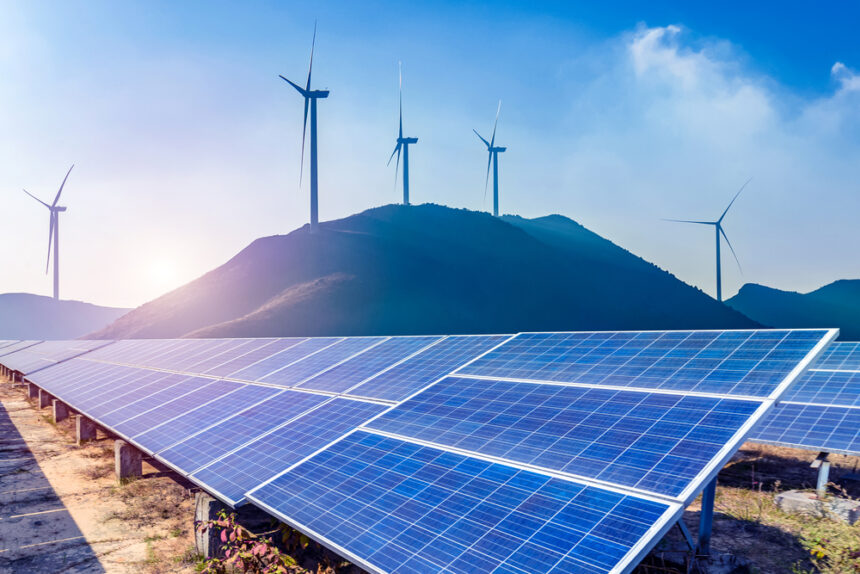Hydrogène de France (HDF), a French energy company, is poised to make a significant impact on Namibia’s electricity grid with its ambitious plan to generate 142GWh of green baseload electricity annually.
Should everything go as planned, the company is expected to reach its final investment decision for the first phase of the project in the second quarter of this year.
This project is particularly timely as the country faces challenges in electricity production, heavily relying on imports to meet its energy needs.
Green baseload electricity is defined as a reliable and consistent supply of power derived from renewable sources, capable of meeting the minimum demand on an electrical grid.
As the global energy landscape shifts towards sustainability, the importance of such projects cannot be overstated. They aim to reduce dependence on fossil fuels, while ensuring a stable and dependable electricity supply.
The project will utilise green hydrogen and Namibia’s abundant renewable energy resources, aligning with the country’s broader goals for energy independence and sustainability.
This information is contained in a recent report released by the Namibia Green Hydrogen Programme.
The project is set to unfold over several key phases, beginning with the development phase from 2024 to 2025. Following this preparatory stage, construction is scheduled to take place from 2025 to 2027, during which the infrastructure necessary to produce 142GWh of green baseload electricity will be established. Once completed, the project is expected to commence production in 2028.
“It is our hope that this project will reach their final investment decision as planned. It is exciting to see progress in the green industrialisation space that is not only focused on mere green hydrogen production, but exploring multiple applications of green hydrogen in our local industries, such as the provision of green baseload and mineral value-addition,” said Jona Musheko, the programme spokesperson.
Considering the timeline of various green hydrogen projects, Namibians, especially entrepreneurs, must appreciate developments in this industry and participate at various levels, he said.
According to the latest data, Namibia’s electricity imports have surged by 28.4% year-on-year, highlighting the country’s ongoing struggle with local energy- generation.
The Bank of Namibia stated that local electricity production fell by 6.5% during the third quarter of 2024.
This is exacerbated by reduced water availability and technical issues at the Ruacana Hydro-Power plant.
“This decline in local generation is concerning, especially as we see a significant rise in consumption,” reads the central bank’s recent quarterly report.
The report indicates that electricity consumption increased by 14% year-on-year. This is driven by economic activities, particularly in the mining sector, as well as demographic growth necessitating electrification in various regions.
Furthermore, Namibia is also facing a steep rise in electricity expenditures.
Total spending on purchased power has increased by 25% from approximately N$70.86 billion (US$4 billion) in 2019 to N$86.85 billion (US$5 billion) in 2023.
This surge is largely attributed to the rising costs of electricity imports, which have more than doubled since 2019.
The increase has grown from N$13.90 billion (US$800 million) to over N$31.23 billion (US$1.8 billion), despite a decline in the amount of electricity imported.
Thus, the introduction of such projects among those that the government is pushing is key to unlocking key potentials, and helping fight energy poverty in the country.


